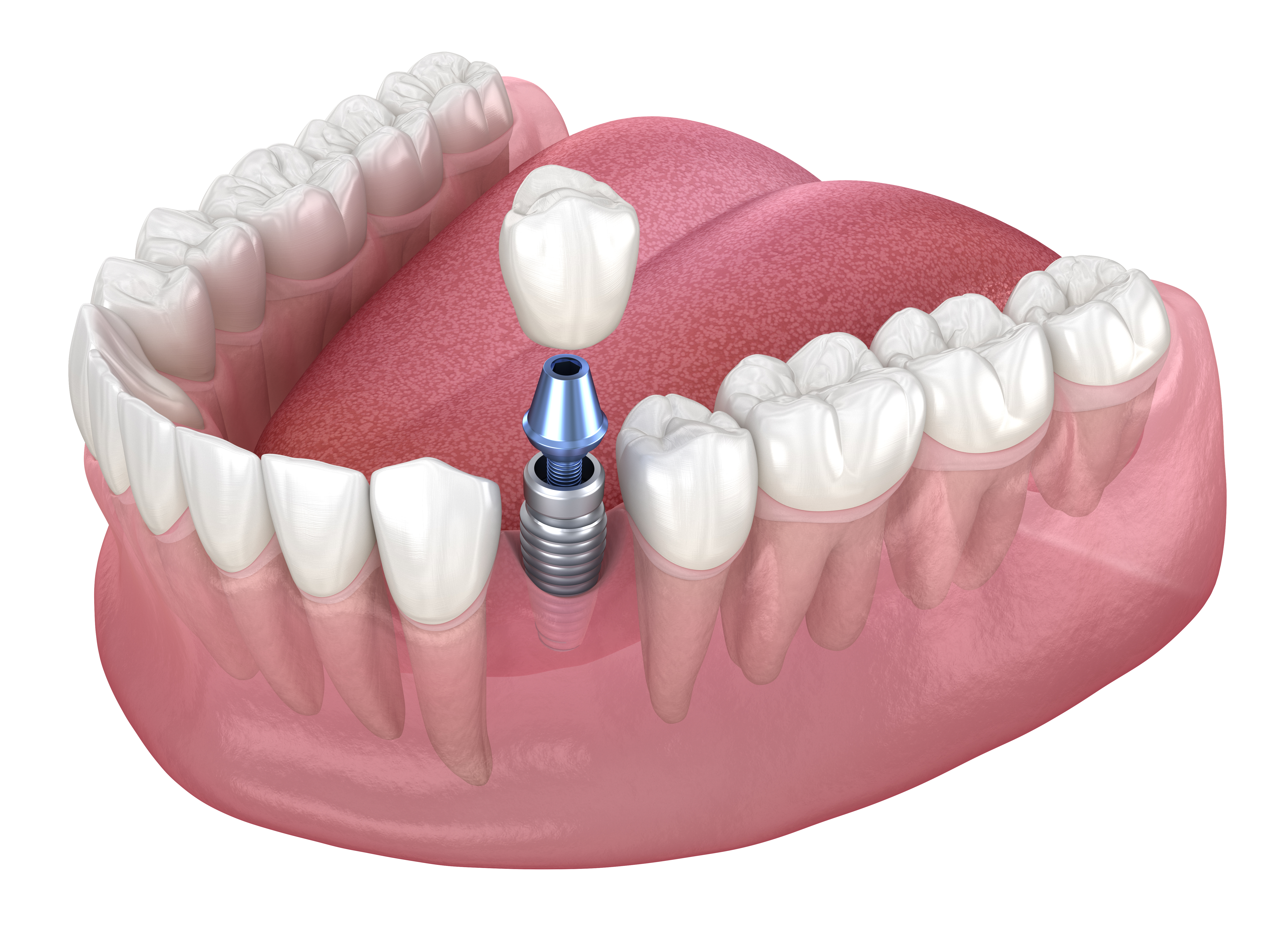Planning for Dental Implant Costs: Practical Financial Insights
Dental implants can be a long-term solution for oral health, but the financial aspect requires thoughtful consideration. By understanding the steps involved and evaluating personal financial options, individuals can approach the process with greater clarity and confidence.

What is the full scope of dental implant procedures?
Dental implant procedures typically involve several stages, each contributing to the overall cost. The process usually begins with a comprehensive dental examination and treatment planning. This may include X-rays, 3D imaging, and consultations with specialists. The next step is the surgical placement of the implant into the jawbone, followed by a healing period that can last several months. Once the implant has integrated with the bone, an abutment is attached, which serves as a connector for the final crown or prosthetic tooth. The final stage involves the creation and placement of the custom-made crown or prosthetic.
Understanding this multi-step process is crucial for financial planning, as each phase may involve separate costs and potentially different healthcare providers.
How can you evaluate your personal financial readiness?
Evaluating your financial readiness for dental implants involves a thorough assessment of your current financial situation and future financial commitments. Start by reviewing your savings, income, and monthly expenses. Consider creating a dedicated savings plan for your dental implant procedure, factoring in potential time off work for recovery.
It’s also important to explore various payment options. Many dental offices offer payment plans or financing options that can help spread the cost over time. Additionally, check if your dental insurance covers any portion of implant procedures, as coverage can vary significantly between plans.
What are the long-term value considerations of implant options?
When comparing the long-term value of dental implants to other tooth replacement options, several factors come into play. Dental implants are often considered a more permanent solution compared to bridges or dentures. They can last for many years, sometimes even a lifetime, with proper care and maintenance. This longevity can make them a cost-effective choice in the long run, despite higher initial costs.
Implants also help preserve jawbone health and prevent the shifting of surrounding teeth, potentially reducing future dental complications and associated costs. Additionally, they offer improved functionality and comfort compared to removable alternatives, which can significantly impact quality of life.
How can you navigate out-of-pocket costs responsibly?
Navigating out-of-pocket costs for dental implants requires a strategic approach. Start by obtaining detailed cost breakdowns from multiple providers to understand what each charge encompasses. This allows for more accurate comparisons and helps identify any potential hidden costs.
Consider exploring dental schools or clinics that offer reduced-cost treatments performed by supervised students or recent graduates. Some patients also find savings by traveling to areas with lower healthcare costs, though this requires careful research and consideration of potential risks.
What unique financial considerations exist for dental implants in the USA?
In the United States, dental implant costs can vary significantly based on location, with urban areas often having higher prices due to increased overhead costs. Some states have more competitive markets for dental services, potentially leading to more affordable options. Additionally, the USA has a robust dental tourism industry, with some patients choosing to travel to border towns in Mexico for more affordable treatments. However, this option requires careful research and consideration of follow-up care logistics.
How do different implant options compare financially?
When considering dental implant options, it’s important to compare not just the initial costs but also the long-term financial implications of different choices. Here’s a comparison of common dental implant options:
| Implant Option | Description | Key Considerations | Relative Cost |
|---|---|---|---|
| Single Tooth Implant | Replaces one missing tooth | Most common, preserves adjacent teeth | Moderate |
| Implant-Supported Bridge | Replaces multiple adjacent teeth | Can be more cost-effective than individual implants for multiple teeth | Moderate to High |
| All-on-4 Implants | Full arch replacement with four implants | Faster procedure, suitable for significant tooth loss | High |
| Mini Implants | Smaller diameter implants | Less invasive, often lower cost, but may not be suitable for all cases | Low to Moderate |
| Zygomatic Implants | Anchored in cheekbone, for severe bone loss | Specialized procedure, avoids bone grafting | Very High |
Prices, rates, or cost estimates mentioned in this article are based on the latest available information but may change over time. Independent research is advised before making financial decisions.
Planning for dental implant costs requires a comprehensive understanding of the procedure, personal financial assessment, and consideration of long-term value. By thoroughly researching options, exploring financing alternatives, and consulting with dental professionals, individuals can make informed decisions that balance their oral health needs with financial responsibility. Remember that while the initial investment may seem substantial, the long-term benefits of dental implants often justify the cost for many patients.




